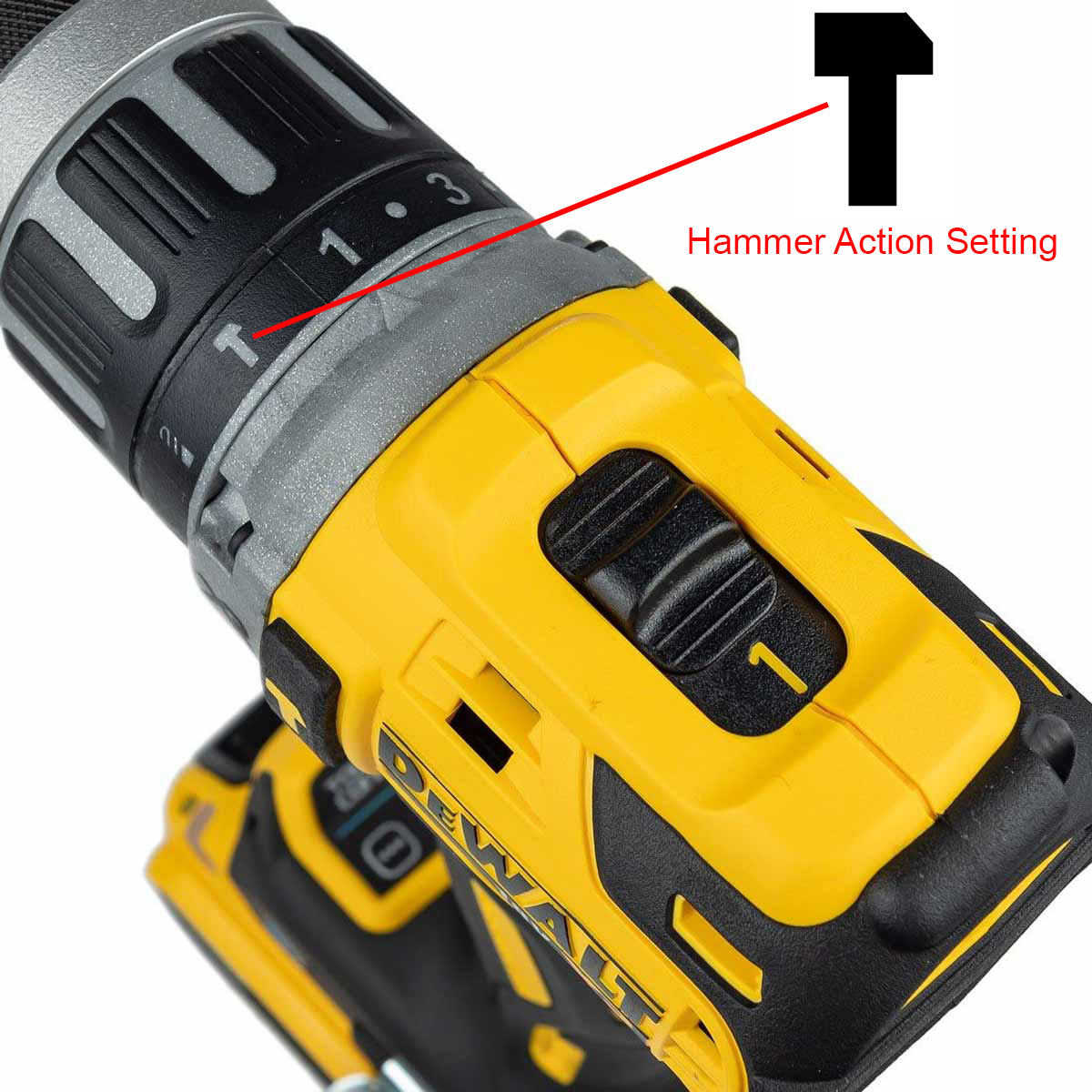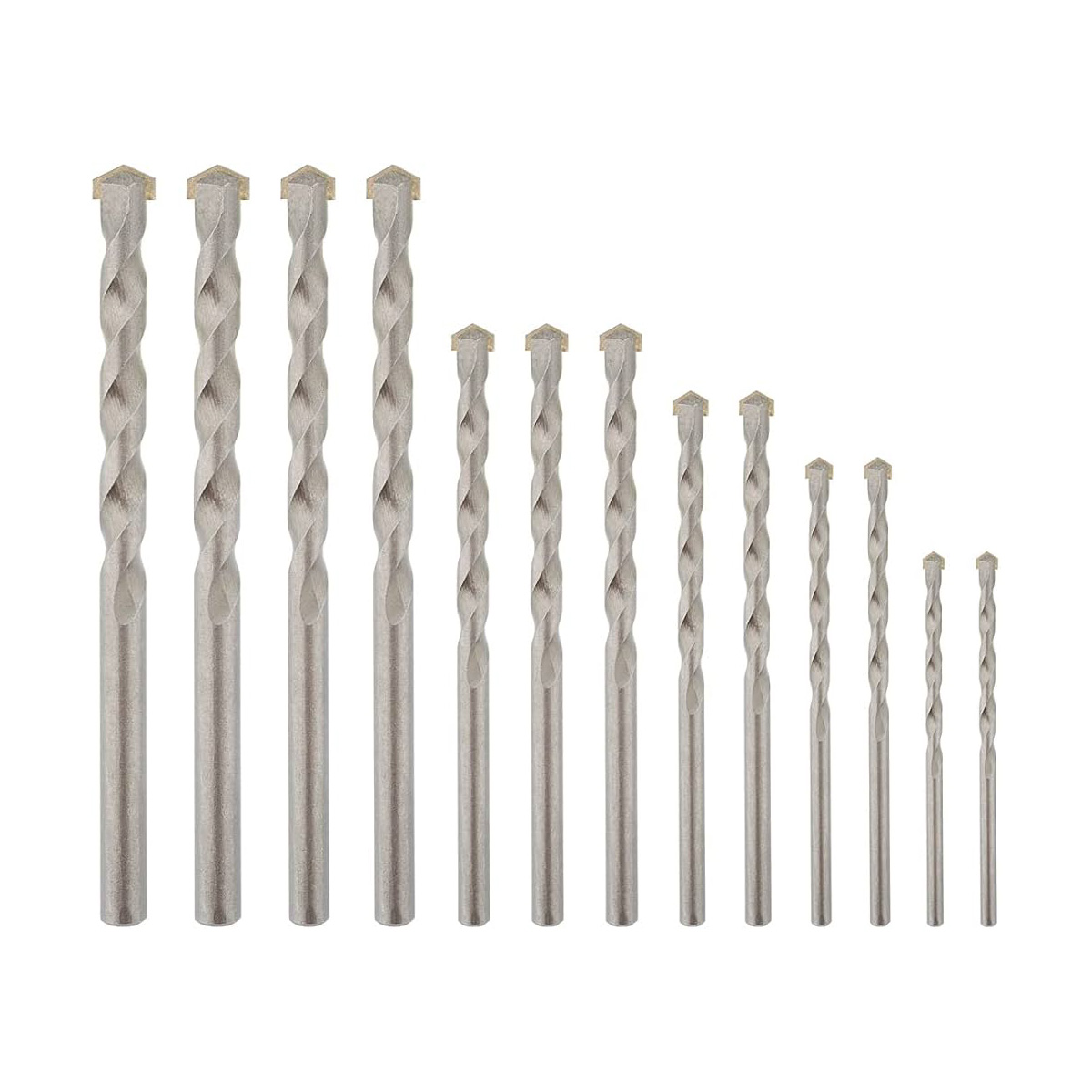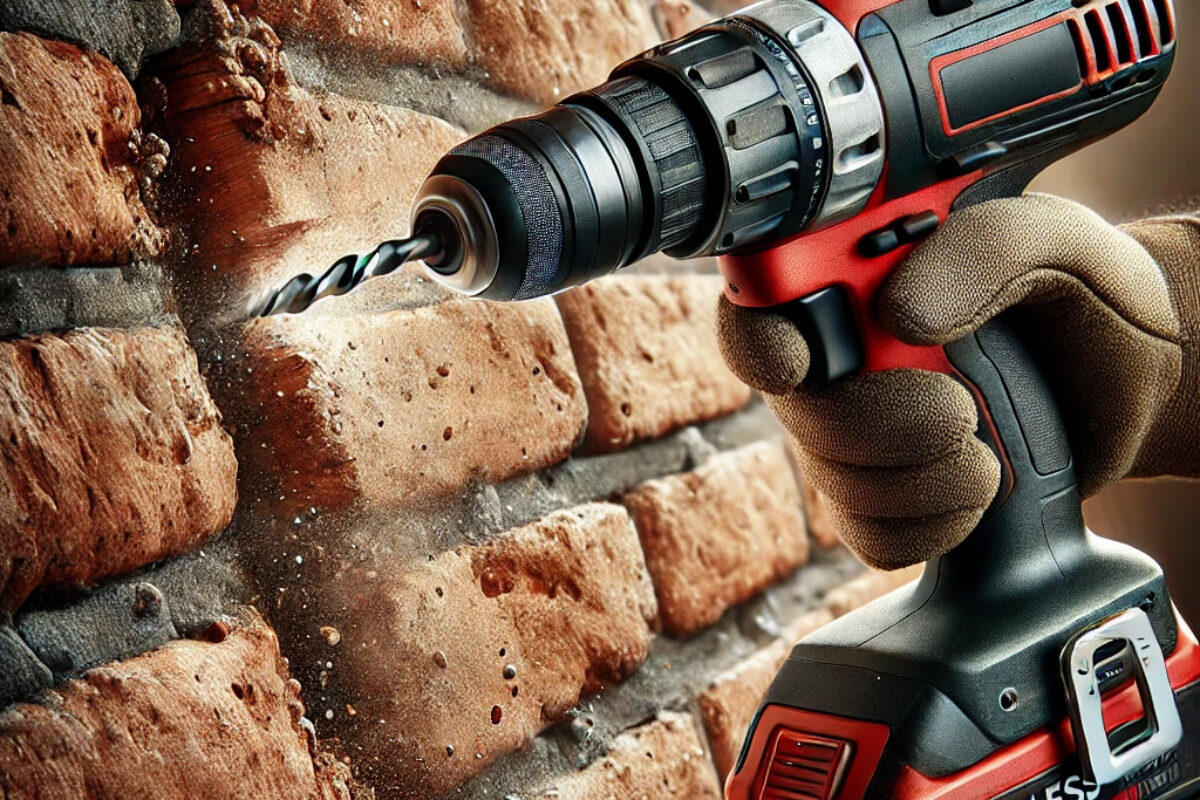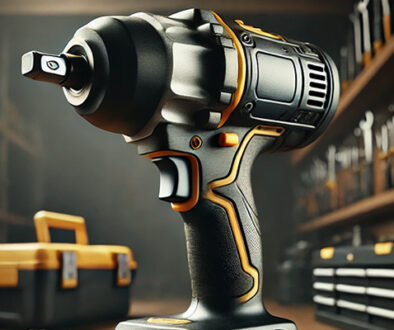Essential Tips for Drilling Into Brick Walls
Drilling into brick walls is probably one of the most common DIY task that you will come up against, but if you have the correct tools and use the correct techniques you should find it a simple and easy task. However on the other hand trying to drill holes into brick walls using incorrect tools can make it a very difficult project and could seem extremely difficult, stressful and tiring.
One of the most common reasons why people struggle is down to the incorrect drill setting and drill bit used.
Let us give you a full guide and tips on the correct way for drilling into brick walls, and take a lot of stress, time and pressure away from your project.
What Kind Of Drill To Use For Masonry?
Before starting out on your drilling project its important to know that masonry is a lot more dense and stronger than other surfaces, so it is extremely important that you use a hammer drill or a regular drill with hammer action function.
When the drill is set to hammer mode it adds a percussive motion to the regular rotary action of a drill bit. This extra force is essential for drilling through hard materials like concrete, brick, or stone.
How Does It Work? Imagine a hammer hitting a nail. That’s essentially what hammer mode does, but on a smaller scale. The drill bit moves rapidly back and forth while rotating, breaking up the material as it goes. This combined action is much more effective than simply rotating the bit.
Which Drill Bit Should You Use?
When using hammer mode, it’s crucial to use masonry drill bits. These bits are designed to withstand the added force and are specifically made for drilling into hard materials.
When it comes to drilling through tough materials like brick, masonry drill bits are the tools of the trade. Unlike standard drill bits, they’re specifically designed to handle the demanding task of penetrating hard surfaces.
It is best to purchase a drill bit that has a tungsten carbide tip, these tips are incredibly durable and maintain their sharpness for a much longer time than traditional steel tips.
The flute design on a masonry drill bit helps to efficiently remove debris from the drilling area, preventing overheating and improving overall performance.
Masonry drill bits are all about precision. They can create clean, neat holes without causing cracks in the brickwork. However, it’s important to remember that they need to be used at a slower speed than standard bits. This is because they can heat up quickly, potentially damaging the bit or the material being drilled.
Masonry drill bits come in a wide range of sizes and lengths to suit different projects. For cavity walls, you can find bits with extra-long working lengths to drill through both layers of brickwork.
Guide to Drilling into Brick Walls
-
Mark the Drilling Spot use a pencil or marker to mark the exact spot on the brick where you need to drill. If precision is crucial, you can use a piece of masking tape over the spot to help prevent the drill bit from slipping.
- Prepare the Drill attach a masonry drill bit to your hammer drill. The size of the bit should match the screws or anchors you’ll be using.
- Drill a Pilot Hole (Optional) if you’re drilling into a very hard brick, you might start with a smaller drill bit to create a pilot hole. This can make the process easier when using the larger bit for the final hole.
- Drill the Hole hold the drill perpendicular to the brick surface to ensure the hole is straight. Start drilling slowly to allow the bit to penetrate the surface without slipping. Apply steady pressure, but don’t force the drill. Let the hammer action do most of the work. Drill to the depth required by your screws or anchors. Many drill bits have depth markers, or you can wrap tape around the bit at the desired depth.
- Clean the Hole after drilling, remove the drill bit and clear out any dust or debris from the hole using a vacuum cleaner, brush, or by blowing into it. This ensures a clean fit for the anchor or screw.
- Insert Rawl Plugs if you’re using Rawl Plugs, insert them into the hole. Tap them gently with a hammer if they don’t go in easily.






